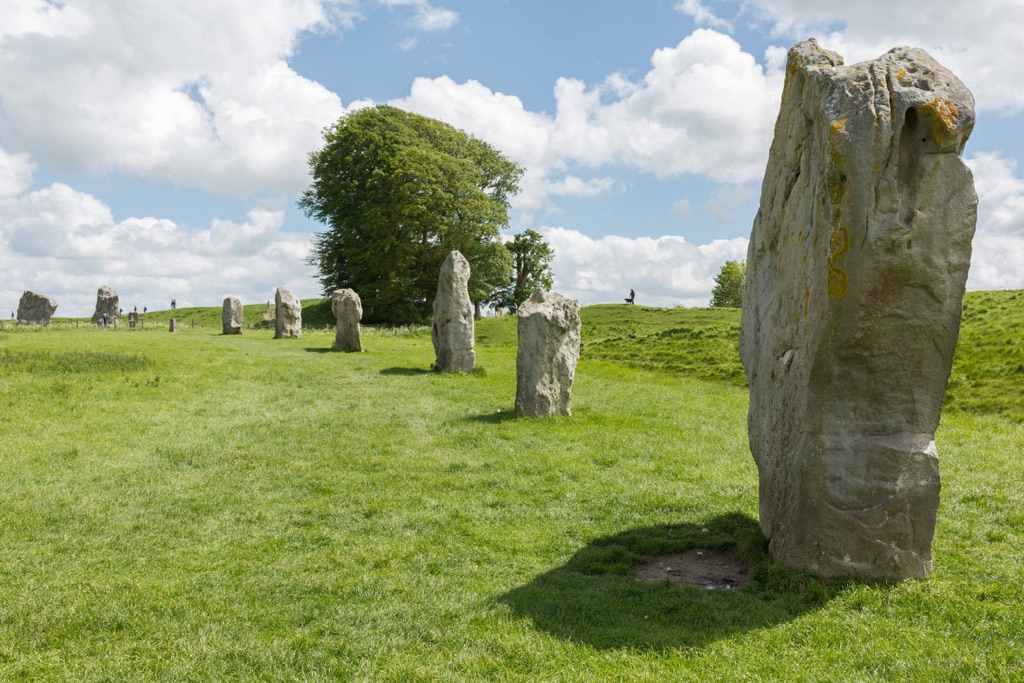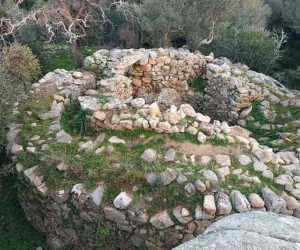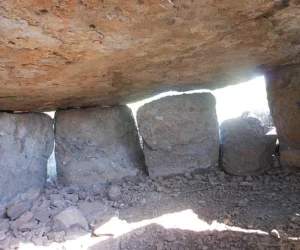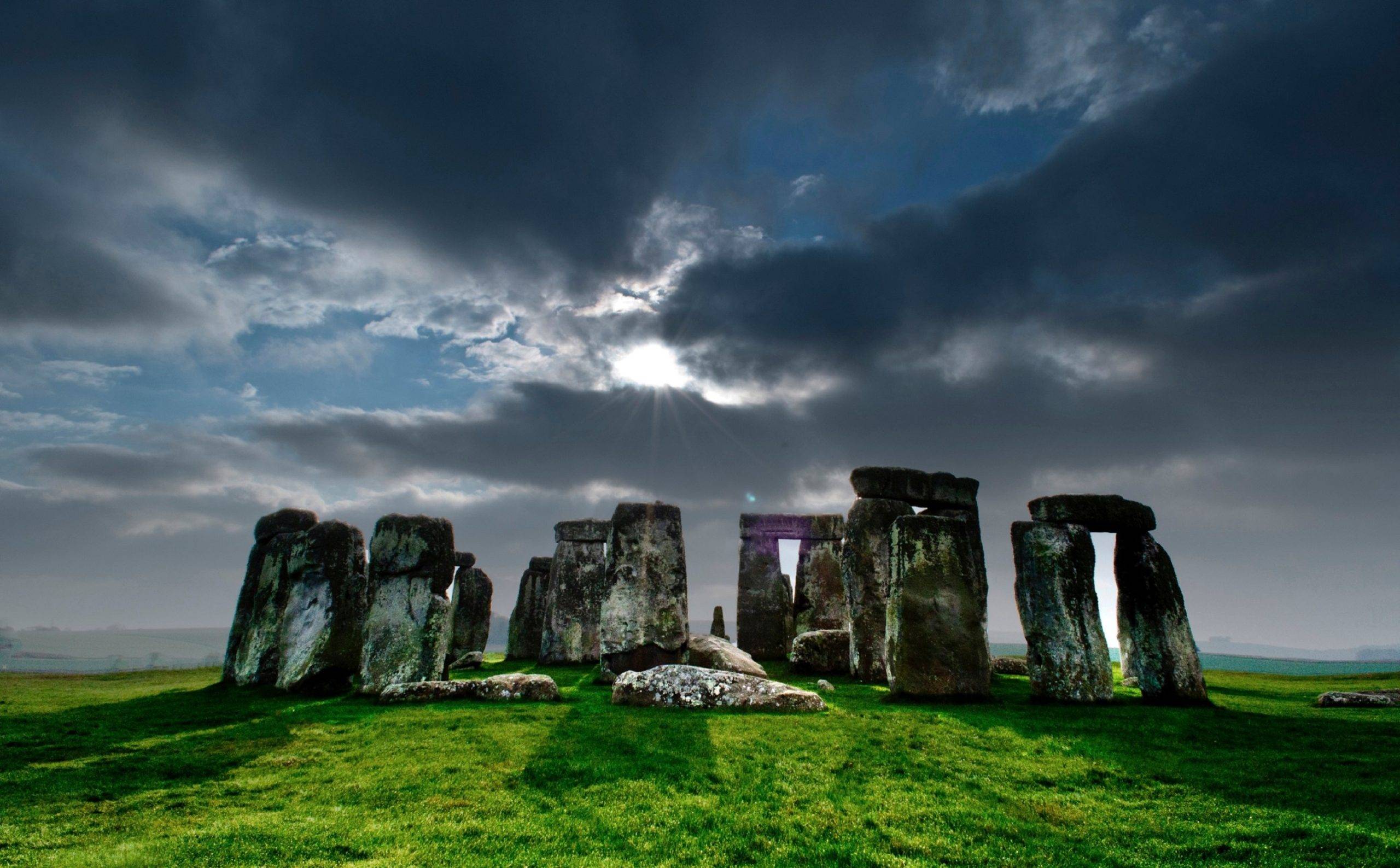Nuraghe Serbissi is a well-preserved ancient structure located on the island of Sardinia, Italy. It stands as one of the many nuraghi, unique megalithic constructions that dot the Sardinian landscape. These structures were built by the Nuragic civilization, which flourished from approximately 1800 BC to 238 BC, when the Romans conquered the island. Location and…
Megalithic Structures
Megalithic structures, monumental in both size and historical significance, have captivated the human imagination for millennia. These ancient constructions, primarily built during the Neolithic to the early Bronze Age, around 4000 BC to 2500 BC, are found across various parts of the world, from the windswept plains of Europe to the rugged landscapes of Asia. The term “megalith” itself is derived from the Ancient Greek words ‘megas’, meaning great, and ‘lithos’, meaning stone, aptly describing the sheer size and weight of these structures.
The Purpose Behind Erecting Megaliths
The functions of megalithic structures have been a subject of extensive study and debate among historians and archaeologists. While the exact purposes vary across different cultures and geographical locations, several common uses have been identified. Many megaliths are believed to have served as burial sites, with dolmens and passage graves providing a final resting place for the deceased. This funerary aspect suggests a reverence for the dead and possibly beliefs in an afterlife. In addition to their role as burial sites, some megalithic structures are thought to have had astronomical significance. The precise alignment of stones with celestial events, such as the solstices and equinoxes, points to an advanced understanding of the movements of the sun, moon, and stars. Stonehenge, perhaps the most famous megalithic structure, exemplifies this astronomical alignment, with its stones positioned to mark the summer and winter solstices. 
Architectural Techniques and Construction Challenges
The construction of megalithic structures is a testament to the ingenuity and resourcefulness of ancient societies. The transportation and erection of massive stones, some weighing several tons, would have required not only physical strength but also sophisticated engineering techniques. Theories on how these ancient peoples accomplished such feats include the use of wooden rollers, sledges, and lever systems. The construction of megaliths likely also demanded a high degree of social organization and communal effort, indicating a well-structured society with the capability to mobilize large groups for collective projects.
Megaliths as Symbols of Collective Identity
Beyond their functional and astronomical significance, megalithic structures may have served as powerful symbols of collective identity and social cohesion. The monumental effort required to construct these megaliths suggests that they were of great importance to the communities that built them. They could have acted as landmarks, territorial markers, or centers for social and religious gatherings, playing a central role in the cultural and spiritual life of the society.
Megalithic Sites around the world

Su Romanzesu
Su Romanzesu is an archaeological site located in Sardinia, Italy. It is one of the most important Nuragic settlements, dating back to the Bronze Age, around 1500 BC. The site is spread across an area of approximately seven hectares and consists of several structures, including a large temple, dwellings, and a sacred well. Nuragic Civilization…

Casteddu di Tappa
Casteddu di Tappa is an important archaeological site in Sardinia, Italy. It dates back to the Bronze Age, around 1800 BC. The site offers key insights into Nuragic civilization, which flourished in Sardinia during the second millennium BC. Location and Structure of Casteddu di Tappa Casteddu di Tappa is located near Perfugas, in northern Sardinia….

Motorra Dolmen
The Motorra Dolmen is an ancient megalithic structure located near Nuoro, in Sardinia, Italy. It dates back to the early Bronze Age, around 3000 BC. Dolmens like Motorra were used primarily as tombs, a common feature in Neolithic and early Bronze Age societies. This dolmen is part of a broader tradition of burial monuments found…

Giants’ Grave of Su Mont’e s’Abe
The Giants’ grave of Su Mont’e s’Abe is an archaeological site located in Sardinia, Italy. This type of monument is associated with the Nuragic civilization, which thrived from approximately 1800 BC to 238 BC. These structures were used as collective burial sites, with their size and form inspiring the name “Giants’ grave.” The Su Mont’e…

Casteddu de Fanaris
Casteddu de Fanaris is a Nuragic archaeological site located in Sardinia, Italy. It dates back to the Bronze Age, a period that stretched from approximately 1800 BC to 1000 BC on the island. This site belongs to the Nuragic civilization, known for its megalithic structures, which include the Nuraghe towers, village complexes, and sacred wells….


